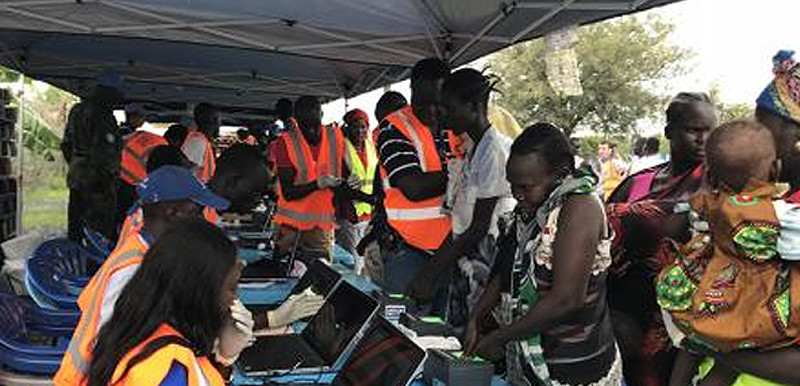There has been a slight decrease in the number of internally displaced persons (IDPs) in South Sudan, the International Organization for Migration’s Displacement Tracking Matrix’s (IOM DTM) sixth mobility tracking report shows.
The tracking, IOM said, covered 2,312 locations in 78 counties in the country, mapping the presence of 1,465,542 people displaced since 2014.
The available data, according to the report, shows that a third of the internally displaced persons are residing in Rubkona, Wau, Juba, Awerial and Yei areas.
“Whilst the number of returns per month increased in the period following the Revitalized Agreement on the Resolution of the Conflict in South Sudan (R-ARCSS), new and protracted displacement has caused the overall number of IDPs in June to remain similar to that captured in March 2019” said Izora Mutya, IOM South Sudan’s Head of Operations.
The DTM reportedly mapped the presence of 336,658 returnees who arrived at their habitual residence since January 2019 representing a quarter of all 1,271,487 individuals who have returned since 2016.
The report says more than a third of all 1,271,487 returnees had previously been displaced abroad, adding that since round five in March 2019, DTM has tracked 7.4 per cent more returnees with an increase of 7.6 per cent when considering only the same locations covered.
The report further said the average number of individuals who returned per month in 2018 after the peace agreement was three times higher than in the months of 2018 leading up to the peace agreement.
Whilst the average number of returns per month in the first half of 2019 was not as high as in the initial three months following the signing of the revitalized peace deal, it remained 69 per cent higher than in the months before the agreement in 2018, the mobility tracking report stated.




